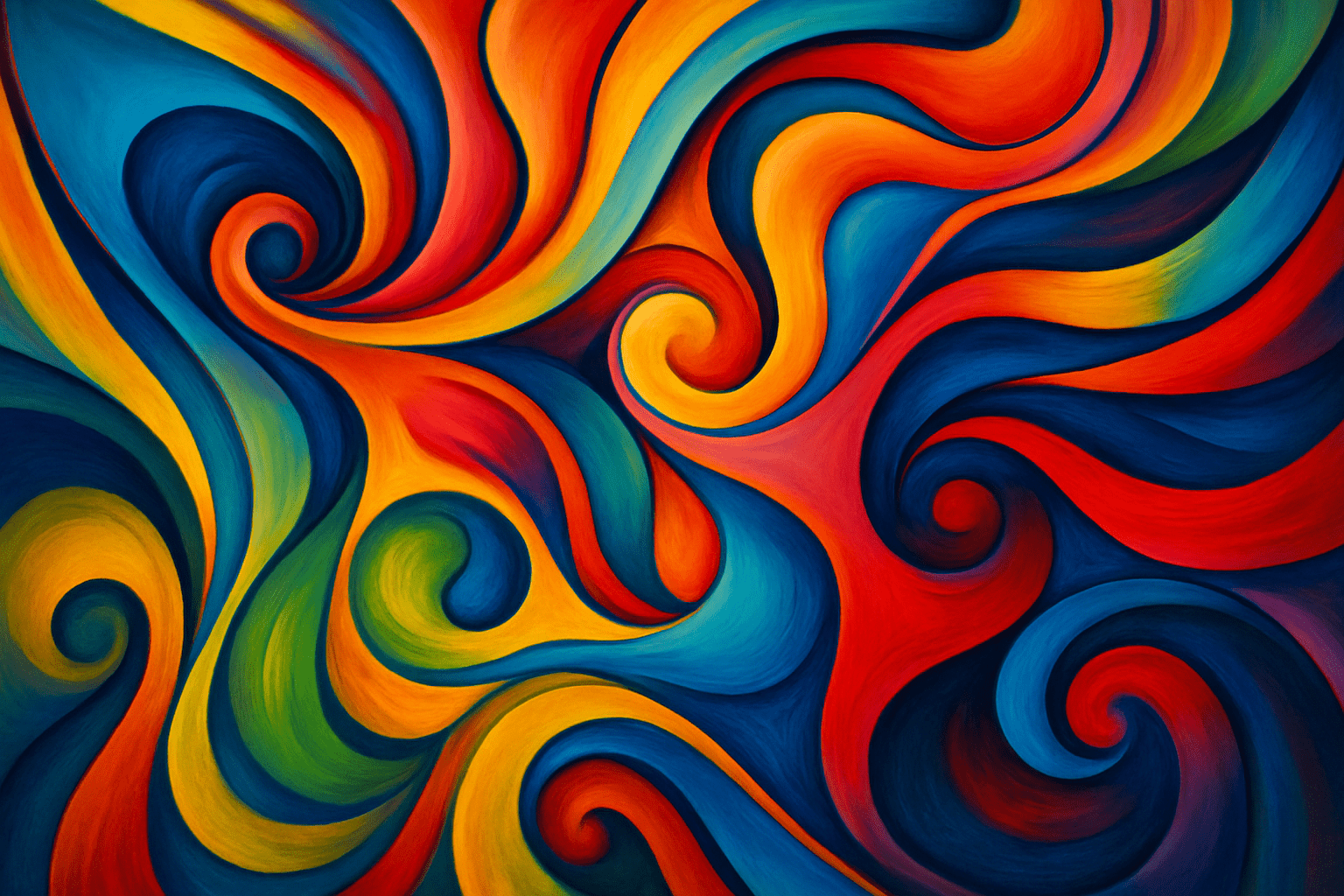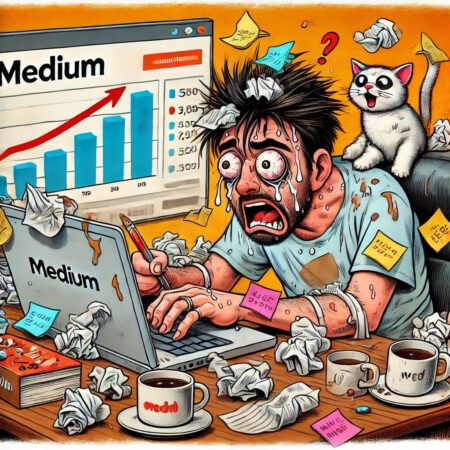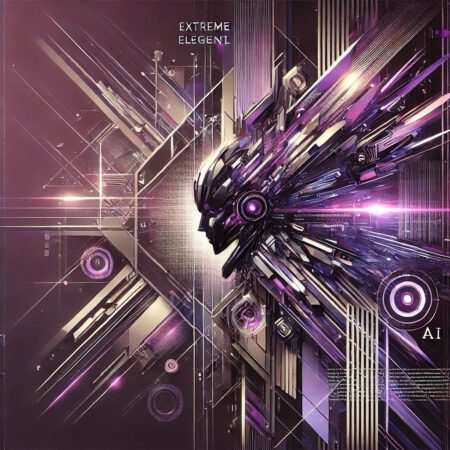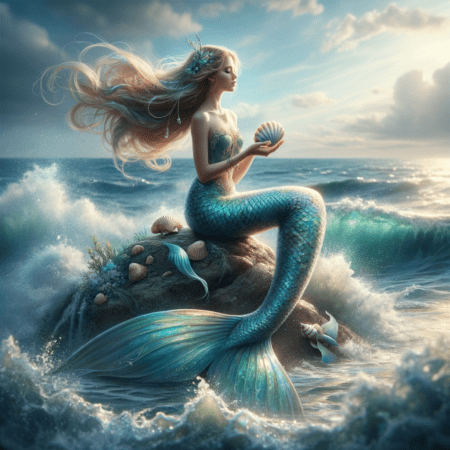
Colored Chalk Drawing
The art style Colored Chalk Drawing is characterized by its use of bright colors and bold lines. The drawings are usually made on a dark background, which makes the colors stand out.
AOI thinking about Colored Chalk Drawing [+_~]-/
Overview and Quickfacts
Colored chalk drawing is a type of art where the artist uses chalk to create a drawing. The chalk can be any color, but the most common colors used are white, black, and yellow. The artist may use one color or multiple colors to create the drawing. The drawing may be of anything, but the most common subjects are people, animals, and landscapes.
Can understand it also, as:
Colored chalk drawing can also be called a pastel drawing.
Categorize it as:
Impressionism, Modernism
.: Dreaming :.
holds a HAIKU for the art style
:. Thought is power .:
Detailed Description
When it comes to art, there are few mediums as versatile as chalk. Whether youÃÂÃÂre using it for a quick sketch or a more detailed drawing, chalk is a great way to add some color to your work. And while there are plenty of ways to use chalk, one of the most popular is colored chalk drawing. Also known as pastel drawing, colored chalk drawing is a technique that uses chalk to create colorful works of art. While the medium has been around for centuries, itÃÂÃÂs only recently that itÃÂÃÂs gained popularity as an art form. One of the reasons colored chalk drawing has become so popular is because of the wide range of colors available. Whether you want your drawing to be bright and bold or more subdued, thereÃÂÃÂs a color palette that will suit your needs. Another reason for the popularity of colored chalk drawing is the fact that itÃÂÃÂs relatively easy to get started. Unlike some other art forms, you donÃÂÃÂt need a lot of expensive supplies or training to get started. All you need is a set of chalk and a surface to draw on. If youÃÂÃÂre interested in trying your hand at colored chalk drawing, there are a few things you should keep in mind. First, itÃÂÃÂs important to choose the right chalk for your project. There are two main types of chalk: oil-based and water-soluble. Oil-based chalk is the more traditional type of chalk and is ideal for creating detailed drawings. Water-soluble chalk is newer to the scene but is perfect for those who want to experiment with color and blending. Once youÃÂÃÂve chosen the right type of chalk, itÃÂÃÂs time to start thinking about your drawing surface. While you can technically draw on any surface, there are some that are better suited for chalk drawings. Canvas is a popular choice for chalk drawings because it provides a smooth surface thatÃÂÃÂs easy to work with. Paper is another good option, although itÃÂÃÂs important to choose a heavier weight paper so it doesnÃÂÃÂt buckle under the pressure of the chalk. When it comes to actually creating your drawing, there are a few things to keep in mind. First, itÃÂÃÂs important to start with a light sketch so you have a guide to work with. Once you have your sketch, you can start adding color. ItÃÂÃÂs important to work in layers, starting with the lightest colors and working your way up to the darkest. And finally, donÃÂÃÂt be afraid to experiment. Colored chalk drawing is all about having fun and exploring the different ways you can use color. So go ahead and experiment with different techniques and colors until you find a style that you love.
.. beep, beep, beep ..
<START OF TRANSMISSION>
1. Colored chalk drawing is a type of drawing where chalk of different colors is used to create a picture. 2. It is a popular medium for artists of all ages and abilities. 3. Colored chalk drawing is a relatively inexpensive way to create art. 4. Chalk is readily available in a variety of colors. 5. Colored chalk drawing can be done on a variety of surfaces, including paper, cardboard, and even sidewalks. 6. Chalk can be easily blended to create a variety of colors and shades. 7. Colored chalk drawings can be created quickly and easily. 8. Erasing mistakes is simple with chalk drawings. 9. Chalk drawings can be enhanced with the use of other media, such as paint or markers. 10. Colored chalk drawings are suitable for both indoor and outdoor display. 11. Chalk drawings can be temporary or permanent, depending on the surface on which they are created. 12. Colored chalk drawings are often used for educational purposes, such as teaching children about colors and shapes. 13. Chalk drawings can also be used for decorative purposes, such as creating murals or other works of art. 14. Colored chalk drawings can be created by people of all ages and abilities. 15. Chalk drawings can be created alone or in groups. 16. Chalk drawings can be created for a variety of purposes, such as for fun, for relaxation, or for artistic expression. 17. Colored chalk drawings can be created in any environment, including at home, at school, or in a public space. 18. Chalk drawings can be created in any season, although they are often associated with spring and summer. 19. Colored chalk drawings are typically made with chalk sticks, but other implements, such as chalk crayons or chalk markers, can also be used. 20. There are no set rules for creating colored chalk drawings, so artists are free to experiment with different techniques and materials.
<EOF>
.. robbel bob
Visual Examples from our image gallery
Coming soon, we are so slow .. might never come
Artists, Paintings, and more
(be aware, can be highly speculative)
Artists (be aware, speculation possible):
1. William Blake (1757-1827) 2. John Constable (1776-1837) 3. Jean-Baptiste-Camille Corot (1796-1875) 4. Thomas Cole (1801-1848) 5. Asher Brown Durand (1796-1886) 6. Caspar David Friedrich (1774-1840) 7. John Everett Millais (1829-1896) 8. Edward Robert Hughes (1851-1914) 9. Pierre-Auguste Renoir (1841-1919) 10. Paul CÃÂézanne (1839-1906) 11. Vincent van Gogh (1853-1890) 12. Georges Seurat (1859-1891) 13. Paul Gauguin (1848-1903) 14. Henri de Toulouse-Lautrec (1864-1901) 15. Mary Cassatt (1844-1926) 16. Gustave Courbet (1819-1877) 17. Jean-FranÃÂçois Millet (1814-1875) 18. HonorÃÂé Daumier (1808-1879) 19. Jules Bastien-Lepage (1848-1884) 20. Camille Pissarro (1830-1903) 21. Claude Monet (1840-1926) 22. Georges Pierre Seurat (1859-1891) 23. Paul Signac (1863-1935) 24. Henri Matisse (1869-1954) 25. Georges Braque (1882-1963) 26. AndrÃÂé Derain (1880-1954) 27. Maurice de Vlaminck (1876-1958) 28. Pierre Bonnard (1867-1947) 29. ÃÂÃÂdouard Vuillard (1868-1940) 30. Raoul Dufy (1877-1953)
Artworks (be aware, speculation possible)
1. The Hay Wagon, by American painter Andrew Wyeth (1937) 2. The Chalkboard, by American painter Edward Hopper (1939) 3. The Blackboard, by American painter Georgia O’Keeffe (1943) 4. The White Board, by American painter Jackson Pollock (1944) 5. The Yellow Chalkboard, by American painter Mark Rothko (1949) 6. The Blue Chalkboard, by American painter Clyfford Still (1951) 7. The Green Chalkboard, by American painter Barnett Newman (1952) 8. The Brown Chalkboard, by American painter Willem de Kooning (1953) 9. The Gray Chalkboard, by American painter Philip Guston (1954) 10. The Orange Chalkboard, by American painter Hans Hofmann (1955) 11. The Purple Chalkboard, by American painter Adolph Gottlieb (1956) 12. The Red Chalkboard, by American painter Robert Motherwell (1957) 13. The Pink Chalkboard, by American painter Helen Frankenthaler (1958) 14. The Magenta Chalkboard, by American painter Kenneth Noland (1959) 15. The Turquoise Chalkboard, by American painter Paul Feeley (1960) 16. The Silver Chalkboard, by American painter Frank Stella (1961) 17. The Gold Chalkboard, by American painter James Rosenquist (1962) 18. The Copper Chalkboard, by American painter Jules Olitski (1963) 19. The Bronze Chalkboard, by American painter Larry Poons (1964) 20. The Brass Chalkboard, by American painter Tony Smith (1965) 21. The Aluminum Chalkboard, by American painter Jo Baer (1966) 22. The Iron Chalkboard, by American painter Richard Serra (1967) 23. The Steel Chalkboard, by American painter Donald Judd (1968) 24. The Tin Chalkboard, by American painter John Chamberlain (1969) 25. The Lead Chalkboard, by American painter Richard Long (1970) 26. The Zinc Chalkboard, by American painter Walter De Maria (1971) 27. The Nickel Chalkboard, by American painter Robert Rauschenberg (1972) 28. The Tin Chalkboard, by American painter Cy Twombly (1973) 29. The Pewter Chalkboard, by American painter John Cage (1974) 30. The Mercury Chalkboard, by American painter Bruce Nauman (1975)
Epoch
The time period of the Colored Chalk Drawing art style is the early 20th century.
AI ART RESSOURCES (AKA, well Tools)
Helping tools -> predefined search links on other pages:










